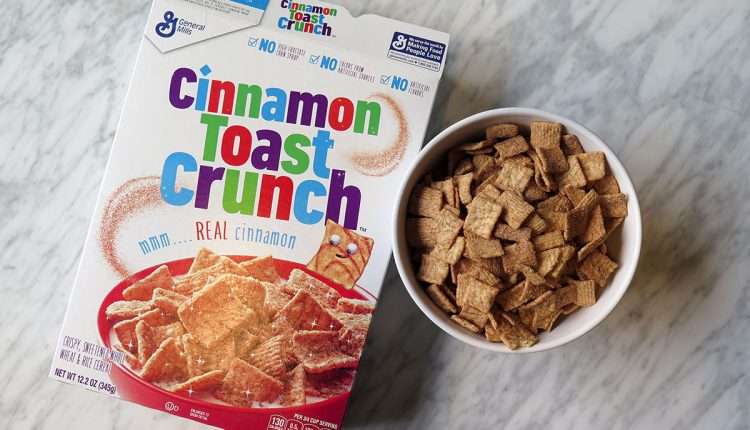


So the idea of shrimp potentially hiding out in cereal is startling for Karp and anyone else who enjoys a bowl of cereal-especially those with food allergies. Those symptoms can range from itching in the mouth and hives all the way to anaphylaxis, a life-threatening medical emergency in which the body’s airways swell and tighten. For some people, even being near where these foods are prepared can trigger their symptoms. Those with shellfish allergies can develop symptoms after consuming or just coming into contact with foods like shrimp, lobster, and crab, the American College of Allergy, Asthma, and Immunology explains. But regardless of the defect action levels, the FDA requires any food that contains crustacean shellfish (such as shrimp) to clearly state they contain those ingredients so that people with severe shellfish allergies can avoid them.Īlthough the idea of random shrimp tails showing up in your cereal is definitely off-putting, for those with food allergies it can also be life-threatening.

So you might be encountering some unexpected additions to your meals more often than you think. The limits on these types of foreign material in food, called the food defect action levels, allow for small amounts of them in many kinds of produce, spices, and packaged products (including peanut butter, jam, and canned tomatoes) because they “pose no inherent hazard to health” at these levels, the FDA says. While Karp and the company conduct their respective investigations, it’s worth noting that the Food and Drug Administration allows a surprising amount of things like insect remnants, mold, and “rodent filth” in food. For now there’s still no definitive answer about what the material is, where it came from, or how it found its way into a box of cereal.


 0 kommentar(er)
0 kommentar(er)
